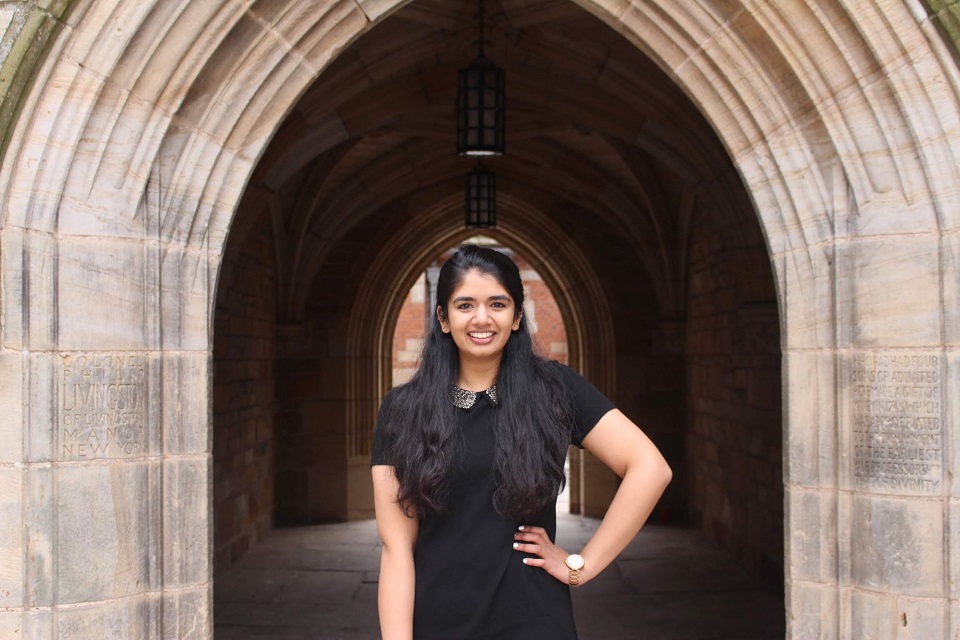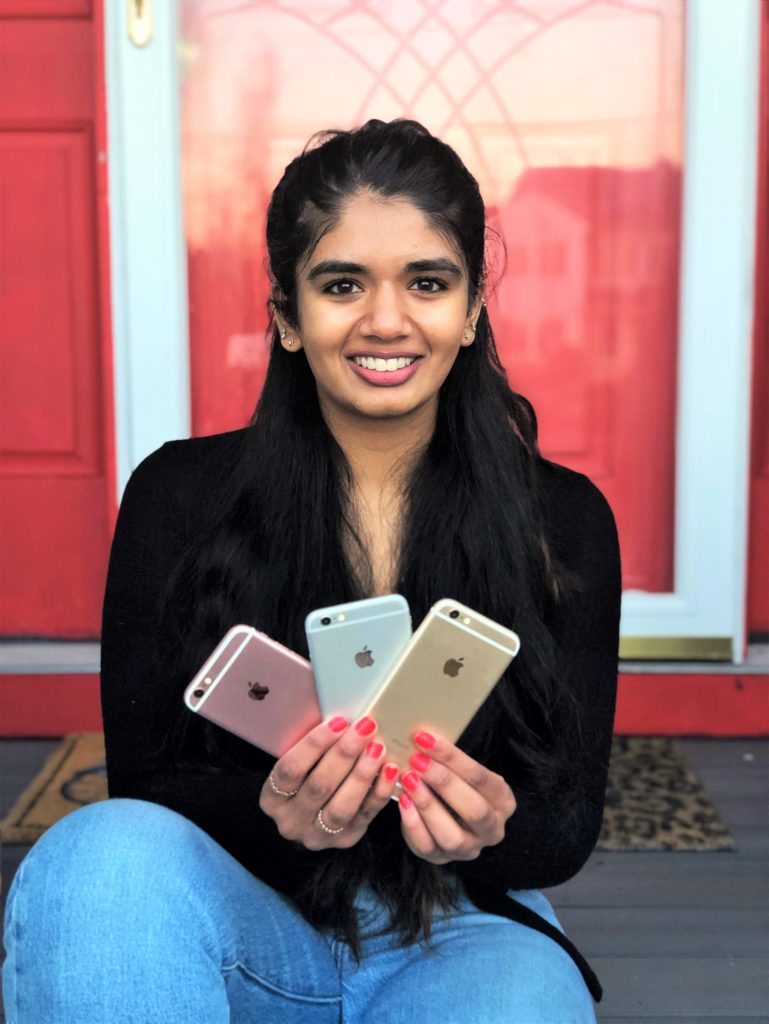Alumni, Broadcom MASTERS, ISEF, STS
Experiments in Social Distancing: Society alumna is making telehealth access easier for seniors while #stayathome orders persist

With the change in our collective reality, the Society will be talking to our alumni and sharing their unique experiences during this pandemic.
Aakshi Agarwal (BCM 2013, ISEF 2016, STS 2017), a Yale junior, was on her spring break at home when the President of the university notified students they would not be returning to campus for the rest of the semester. She was disappointed by the alarming news, but says she felt grateful for having a safe home and family to return to. Besides rounding out the semester with virtual classes and communicating with friends, Aakshi has also kept busy running a nonprofit she cofounded called, Telehealth Access for Seniors, which aims to effectively connect seniors to their physicians and healthcare providers for telehealth appointments.
Aakshi tells the Society, “I spend a lot more time reading the news. Like others, I worry about my family and friends’ health.” Everyone can relate to the sentiment, especially as it pertains to protecting our older parents, grandparents and immunocompromised loved ones over the age of 65, who are at higher risk for contracting the virus. While containing the spread of COVID-19 is the most palpable priority, other healthcare needs are still critical and are being met by physicians through telehealth appointments. Aakshi and a few friends were concerned though, that telemedicine would not work for all seniors. For instance, what happens when your grandparent who lives alone, does not have a device to set up a telehealth appointment or doesn’t know how to access Wi-Fi or email? A recent poll from Kaiser Family Foundation suggests that in the past two weeks, only 38% of adults over the age 65 have talked by video with loved ones and that only 11% of this group have used video technology to connect to their health care providers. Aakshi’s organization, is working to close that technology gap through a nationwide volunteer effort. Learn more about Aaskshi and her work below.
What is it like where you live right now, day to day?
In such a chaotic world, I try to structure my day to keep some order. I always start my day with my homemade cold brew and a workout before getting to my online classes and working on homework and my nonprofit. I’ve also picked up a passion for cooking and I have two adorable dogs I love walking and spending time with. I live in a smaller town (Hamden, Conn.) with many cases of COVID-19, but fortunately my state and local government have been doing an excellent job maintaining social distancing.

Are you working on any projects? If so, what are they?
I have recently cofounded a nonprofit, TeleHealth Access for Seniors. When we realized we would be at home for the rest of the semester, we knew there was some small way we could help. We listened to concerns we heard from friends and family who are doctors. One physician said, “I don’t know how I can ask my patients to choose between life-saving care and staying home to be safe.” We realized there was a simple solution─connect older Americans to donated devices we can collect from family, friends, businesses and schools.
Our local project has grown into a national effort. We have over 50 volunteers in 20 states and Washington D.C., collecting and sanitizing devices for clinics to provide to their patients most in-need. Now, we are also working regionally with all the Veteran Affairs Medical Centers in the Northeast to provide their patients with devices.
I usually run a few calls a day or brainstorm more ways to get devices for our patients. Along with devices, we provide patients with guides on how to do everything from setting up the device and using FaceTime to ordering their medication to be delivered home. Additionally, we offer tech support where people struggling with the devices can call a number or email us to set up a time to get help.
How do think the textbooks will describe this point in history?
It definitely depends on how Americans and the governments work together in the coming weeks as more states face the peak of the COVID-19 crisis. However, I imagine textbooks will describe this time as a major reorienting of society. More people are realizing how much we can do from home, using technology. For example, TeleHealth has always been a viable option for people in rural areas but there has been little investment. Many physicians say there will be a long-term shift towards it. Like TeleHealth, I believe other parts of our society will see long-term shifts, perhaps towards increased public health measures. Hopefully there is also more global cooperation moving forward.
If you are interested in sharing your experience during the COVID-19 Pandemic, please email the Society Communications team at communications@societyforscience.org.


